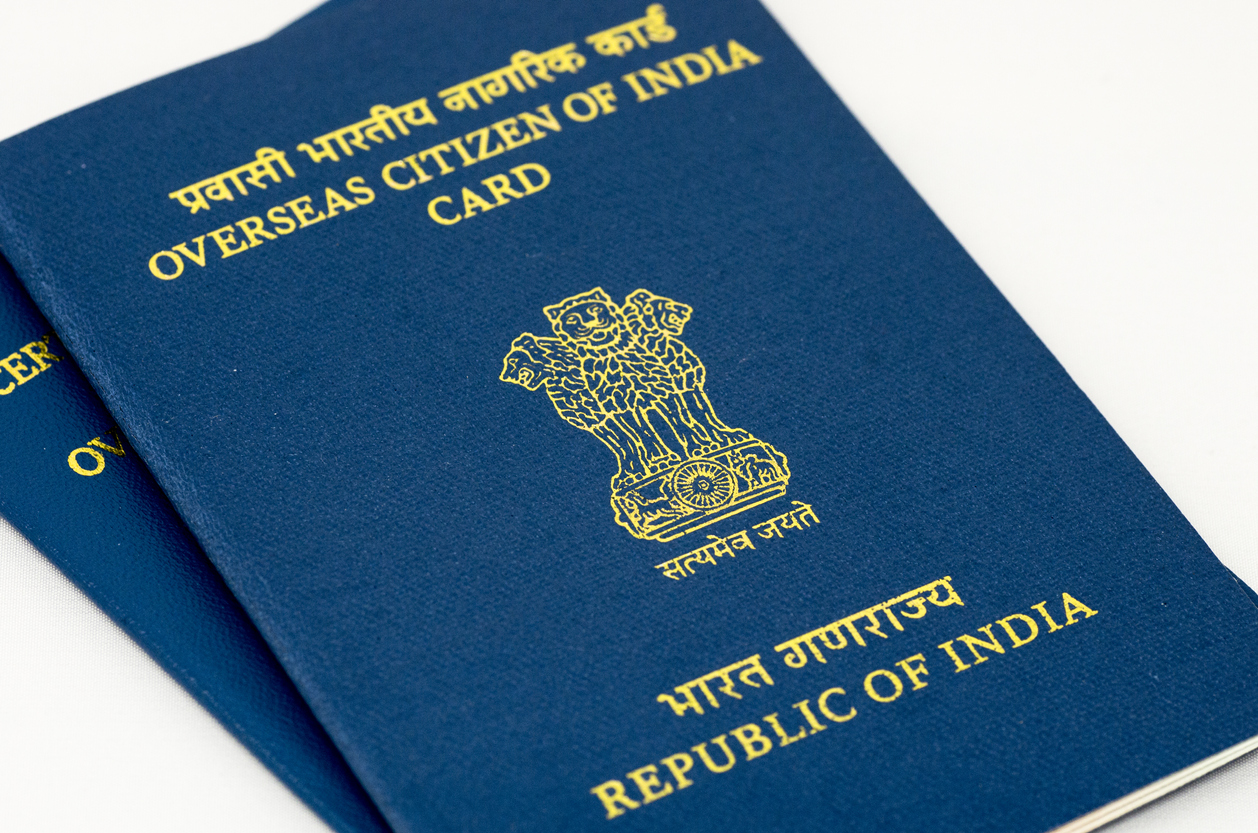Cognitive Benefits of Multilingualism in India
The Linguistic Landscape of India
India, often referred to as the “Land of Languages,” offers an unparalleled linguistic diversity that’s hard to find anywhere else in the world. When an immigrant sets foot in countries like the USA, mastering English becomes their primary linguistic goal. Institutions like ReDefiners World Languages play a pivotal role in this journey, offering courses in English and other global languages such as Spanish, Arabic, and Mandarin.
However, the linguistic landscape changes dramatically when one lands in India. With its 29 states, seven union territories, and a rich tapestry of history and culture, the country presents a myriad of languages and dialects. Unlike the USA, where English dominates, in India, one might need to acquaint themselves with multiple regional languages, depending on their location.
Official Languages and Their Reach
The Indian constitution recognizes 23 official languages, but the linguistic diversity doesn’t stop there. The nation boasts around 1000 dialects, each narrating its unique tales and traditions. Among these, Hindi emerges as the most spoken language, with 43.3% of the population using it as their primary mode of communication. Following Hindi are Bengali, Telugu, Marathi, and Tamil, each with its significant share of speakers. English, though spoken by only 0.02% as their first language, holds a prestigious position, being the medium of instruction in many educational institutions and the language of business and politics.
A Glimpse of Diversity: The ₹1000 Note
A glance at a ₹1000 Rupee note offers a glimpse into this linguistic diversity. The note features 15 distinct lines, each representing one of India’s languages. Interestingly, while there isn’t a designated “national language,” Hindi, written in the Devanagari script, is the official language of the Indian government.
Historical Roots and Modern Influence
Historically, India has been the cradle of some of the world’s oldest languages. Sanskrit, often referred to as the “Mother of all Languages,” and Tamil, with its rich literary tradition, are testimonies to India’s linguistic heritage. The country’s film industry, popularly known as Bollywood, predominantly produces Hindi films, further emphasizing the language’s cultural significance.
The Cognitive Benefits of Multilingualism
Being multilingual in India isn’t just a communication tool; it’s a cognitive asset. Studies suggest that multilingual individuals often exhibit enhanced memory, problem-solving skills, and critical thinking. In a country as diverse as India, knowing multiple languages is not just a skill; it’s a bridge to understanding its myriad cultures and traditions.
Related Links:





